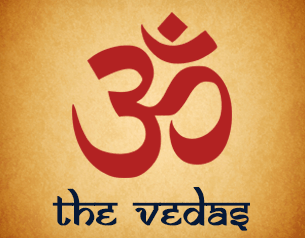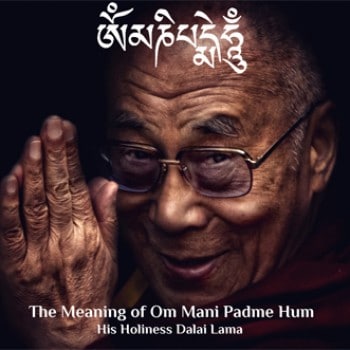Hinduism is one of the oldest religions on the planet. In today’s time, people are becoming increasingly aware of the sublime nature of this religion. There is no said founder of Hinduism, but Hindus worship various Gods and Goddesses. One of the primary reasons why Indian culture is known all over the globe is because of its complexity and diversity. This culture is also rich with symbolism. Om is considered to be the most sacred symbols of Hinduism. A significant part of the information regarding Hinduism comes from the four books or Vedas that it is based upon, namely- Rigveda, Samveda, Yajurveda and Atharvaveda.

What Is The Significance Of Om (Aum)?
Om, or Aum, is considered to be a representation of the Hindu Trimurti- wherein A represents Brahma- the creator, U represents Vishnu- the preserver, and M represents Mahesh- the destroyer. In Hindu mythology, the entire world is operated by these three Gods.

Om is the most sacred mantras of all. It is believed that when the universe was created, the first sound to be born out of the emptiness was “Aum.” Not only this, it represents the three states of consciousness as well. The pictorial representation of Aum resembles the digit 3. This is because of its deep roots with the number. It also symbolizes the oneness of the three realms- Earth, Heaven, and Underworld.
What Does The Om Symbol Mean?
The symbol is an arrangement of a dot, a crescent, and several curves. The waking state is represented by the broad curve at the bottom. It experiences the world with the use of five senses and is the most common form of human consciousness. We can understand this curve as our outward persona- or what we think we should be. The upper curve is symbolic to the unconscious state of the human mind, which does not desire anything. This part is hidden to us but is very much a part of who we are. The middle curve, however, represents the state of dreams as it lies between consciousness and unconsciousness. Next, the crescent represents illusion- which stands in our way to reach the ultimate bliss. The dot means the ‘absolute’ state; it is not outward or inward but has achieved the highest level of tranquillity and peace. This is the aim of all spiritual activity.
Benefits Of Chanting “Aum”
Several yoga systems around the world believe that chanting the sacred word energizes the mind and body. Since aum talks about the three stages of consciousness and the three worlds, repetition of this world enhances our ability to perform in these three states and worlds. It increases harmony within the mind of the subject. Chanting it repeatedly will bring the subject closer to self-realization. “Aum” is placed at the beginning to many Hindu mantras. It is so because chanting the divine sound opens up the mind and has a cleansing effect on the soul. When we say “Aum” out loud, we leave the rest of the world behind and only focus on the sound. This is one way in which we can ground ourselves but free our minds. The daily repetition of “Aum” helps to reduce stress, depression and increase concentration power.
“AUM” In Other Religions

“Aum” is also present in Buddhism. This is probably because of the existence of Hinduism during its formative years. In Buddhism, this sacred word is placed before mantras; the most well-known one being “Om Mani Padme Hum.” Aum has been described by Dalai Lama as “composed of three pure letters, A, U, and M. These symbolize the impure body, speech, and mind of everyday unenlightened life of a practitioner; they also symbolize the pure exalted body, speech, and mind of an enlightened Buddha.” In Buddhism, “Aum” does not represent the absolute reality; rather, it represents the body, speech, and mind.
It has been found that the vibrational frequency of everything that occurs naturally is 432 Hz, which is the same frequency of ‘Aum” when chanted. Hence, when we repeat “Aum,” we become one with nature, and our mind reaches the exalted form where it realizes divine bliss.
Thus, we see the importance of “Aum” and how it appears across cultures.
Also Read: Yoga In Indian Culture









